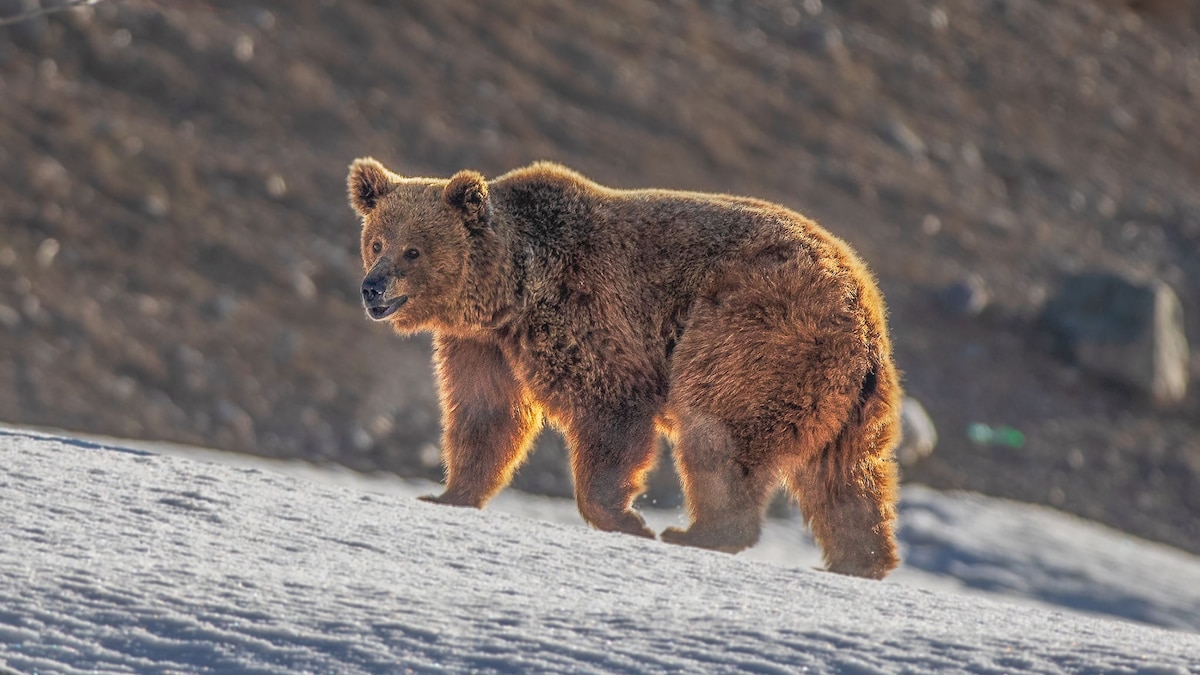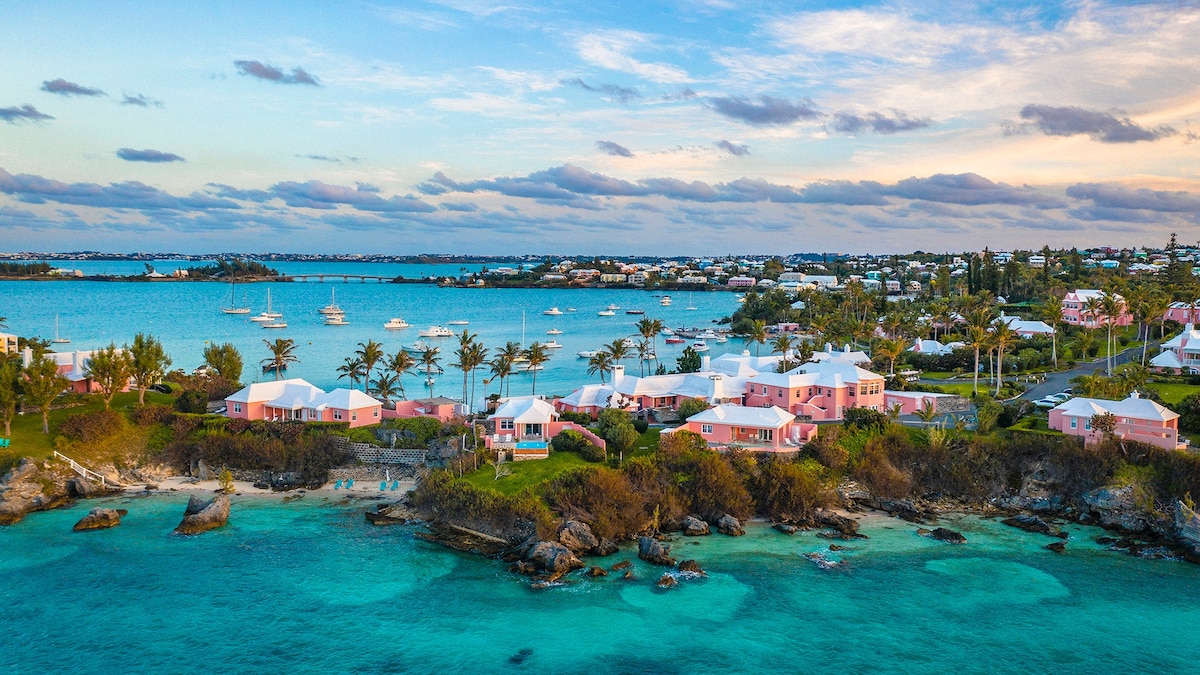Now Reading: Learning to live with the 800-pound bear next door
-
01
Learning to live with the 800-pound bear next door
Learning to live with the 800-pound bear next door

The Mushkoh Valley in the north Indian region of Ladakh snakes twenty miles along mighty peaks near a contentious border.
Small villages of farmers and pastoralists dot the valley floor, all home to people of the Shina culture who trace their ancestry to the Mediterranean and Alexander the Great’s campaigns into central Asia over two thousand years ago.
Snow leopards, Tibetan wolves, foxes, ibex, and blue sheep live throughout the mountainous valley that enters a snow-covered deep freeze in the winter and becomes blanketed by vibrant wild tulips during the summer.
The valley is a natural paradise, but scattered shrapnel remains hidden underfoot and memories of conflict linger. In 1999, the quiet mountain valley garnered global attention when it became the frontline for the Kargil War between India and Pakistan.
While no artillery or mortar shells have fallen in Muskhoh for over twenty-five years, a new battle looms on the horizon—the fight to save one of the rarest bears in the world.
Mike Hegyi, a nature photographer from Montana who traveled to Ladakh to photograph wildlife, lets children from Mushkow watch bears through his telephoto lens. This was the first time that many of the kids had ever seen a bear in close detail.
Photograph By Matt Stirn
How conflict grew between two species
Earlier this spring I sat on the back porch of the Drenmo Lodge in Mushkoh chatting with its owner Muzammil Hussain, a local conservationist from the city of Kargil.
As the rising full moon illuminated the steep snow-covered slopes around me, the evening call to prayer echoed through the crisp Himalayan air. In the alfalfa field below the lodge a group of teenagers chased the fading light to finish a game of cricket, and the distant, faint flashing lights of a helicopter could be seen as the aircraft made its final supply run of the day to a nearby military outpost.

A pack of wild dogs bark at a Himalayan brown bear. While dogs sometimes keep bears away from villages, they also chase them from natural food sources the bears need for survival.
Photograph By Karamjeet Singh
Suddenly, a series of loud bangs reverberated up the mountainous valley as lights snapped on across mudbrick houses, and the sound of shouting broke through the peaceful twilight scene. Muzammil casually glanced up from his steaming mug of Kashmiri saffron tea. “Those are firecrackers,” he whispered gazing towards the noise, “the bears have entered the village.”
Mushkoh and the nearby region of Dras are home to the highest concentration of Himalayan brown bears anywhere on earth. While brown bears themselves are the most widespread species living in northern latitudes, the Himalayan subspecies (Ursus arctos isabellinus) is critically endangered.
Weighing up to 880 pounds and similar in size to the grizzlies of Yellowstone National Park, Himalayan brown bear territory spans from Afghanistan’s Hindu Kush east into Pakistan, India, China, and Nepal. While the extreme topography and complex political environments of the bear’s habitat have prevented biologists from conducting a comprehensive census, they estimate the population to be less than 1,000 with half of the total population residing in northern India.
The high mountains of India are a treacherous environment for bears and while they often face deadly obstacles like avalanches, land mines, and packs of wild dogs, the most dangerous interactions are with people.
“From the findings of my research, the emerging threats brown bears face is habitat degradation from unsupervised livestock grazing and development activities,” says Niazul Khan, a local ecologist from Kargil, who is currently pursuing his PhD research on Himalayan brown bears in Ladakh at the Wildlife Institute of India. “Another major issue is retaliatory [killings] against livestock and infrastructural damage.”
Several times a week during the summer months, bears descend from the mountain slopes and into villages where they feed on trash, kill livestock, and occasionally break through the mudbrick walls of people’s homes in search of food.
A study conducted by Wildlife SOS in the adjacent province of Kashmir found that over 75 percent of most brown bear’s diets consisted of trash and human waste. From his own experiences in the area, Hussain has similarly observed that although wild food is plentiful, trash offers a temptation that few bears can resist.
“We see a culture of bear cubs here that are learning to eat human food and sometimes livestock,” Hussain told me. “Once they start it is nearly impossible for them to unlearn that habit.”
Villagers often feel they have no choice but to kill the bears that eat their livestock and thus steal their livelihood. As bear deaths seldom go reported, it is difficult to know how many are killed each year. Both Khan and Hussain believe that a slow, community-driven change in the culture surrounding bears is the only way villagers may someday find a better way to coexist.
Children run through the center of Holiyal Village. Many villages in the region were heavily impacted by the 1999 Kargil War between India and Pakistan. Conservationists and lodge owners hope that eco-tourism focused on brown bears will provide a positive way for the communities to move on from the shadows of a war torn past.
Photograph By Matt Stirn
Resolving conflict with education
In 2023, Muzammil along with his brother Tafazzul opened their lodge in Mushkoh Valley and shortly thereafter founded the Himalayan Brown Bear Trust. Their mission was to create an eco-tourism hub focused on bear conservation that could provide income and wildlife education to local villagers.
You May Also Like
Through revenue generated from tourism, grants, and government collaboration, the Himalayan Brown Bear Trust has helped villagers establish more secure storage for their food and animals, installed motion activated lights that discourage bears from nighttime raids, and employed younger villagers as spotters and wildlife guides.
“While installing [lights and food protection] worked practically, more importantly we see them as a way to build trust with the community,” reflects Hussain.
Successful conservation takes time, and by embedding himself in the community Hussain is prepared to patiently teach, listen, and wait.
“I believe that conservation at its core is a generational challenge…we’d like to not just change the behavior of bears but also educate younger generations of humans,” he says, “planting those seeds now is what will make a real difference in the future.”
Shining daylight on brown bears
Twenty-three-year-old Anjum Ara grew up in Holiyal Village, one of the most heavily impacted by bear encounters. Bears typically entered her community at night, treading unseen, and as a child her only experiences with bears were monster-like tracks circling dead cows and holes ripped into the walls of her neighbor’s homes. It wasn’t until learning about bears from the Brown Bear Trust that she developed an unexpected curiosity towards them and joined the Drenmo Lodge as their first female spotter and guide.
“I used to think that bears were bad and dangerous,” Ara told me while watching two cubs play with their mom through a spotting scope, “but now that I’m working as a [wildlife spotter] with people who appreciate the wild animals and see them as special, I’ve had a change in perspective…. I’ve learned that bears have their own role and space in our home, just as people have their own.”
Hussain and Khan are optimistic about achieving a peaceful coexistence between bears and people. In addition to providing economic incentives for conservation, Khan believes that the community run homestays, wildlife spotting programs, and education efforts can offer tangible outcomes for protecting wildlife. “When people have more awareness about wildlife [through education efforts],” he told me, “they are more informed about their ecological roles and are inclined to make sound decisions and [safe interactions].”
Muzammil has seen these changes take shape.
“Over the past few years, we’ve seen a clear shift that gives me real confidence that coexistence is possible and sustainable,” he says, “local communities are taking ownership of their natural heritage, the government is more engaged, and the bear population has stabilized.”

A mother and cub traverse a steep mountain snowfield above the Drenmo Lodge in Mushkoh Valley. As soon as young bears emerge from their dens in the spring they must quickly learn to navigate the avalanche prone slopes.
Photograph By Karamjeet Singh
A peaceful path forward
On my final evening in Mushkoh, I sat with my camera perched next to a cowshed watching a mother bear teach her newborn how to climb high on the steep mountain face above us.
As the local school finished for the day, dozens of children ran over to investigate what a group of Western visitors were doing amongst their livestock. Peering through a telephoto lens, just like Ara had once done, they shrieked with excitement as they saw a bear in detail for the first time in their lives.
“They’re really not so scary,” a boy exclaimed and as the mother began to bathe her cub, a girl giggled, “they take care of their babies like our parents do.”
The newborn cub stood on a boulder and observed as the kids looked back through their lenses. For that brief moment, two species watched each other and seemingly allowed fear to be momentarily dissolved by curiosity.
As the mother huffed for her cub to snuggle beneath her, the village echoed with calls of parents summoning their children home for supper and bed. Mushkoh was quiet that night and the moonlit peaks glowed particularly bright with hope for a more peaceful future.























